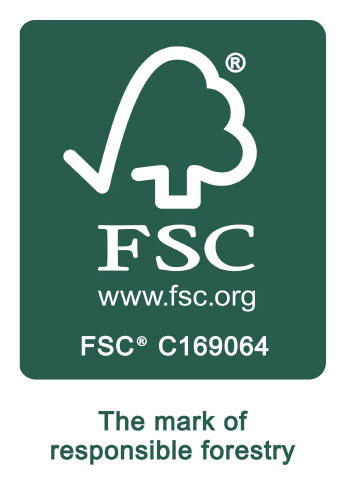Back in 1944, Ruben Rausing developed an innovative new packaging solution in Sweden. The early design was a tetrahedron, much like a pyramid, but the shape was not the main reason why this idea really took off.
Rausing combined the benefits of aluminium, plastic and cardboard packaging to produce a new solution. By layering the three materials, it was possible to contain liquids in a strong, lightweight container that was effective at keeping microbes out. This extended the shelf life of the product inside. He called this cardboard packaging solution Tetra Pak.
In the 1950s Ruben’s sons took over the business. They moved away from the tetrahedron shape, favouring an easy to pack and stack rectangular cuboid. This block shape proved popular and the business really took off. Head into any supermarket and you will still find plenty of fruit juices, milk, soups and sauces contained in Tetra Pak cartons.
Tetra Pak Recycling
The multi-layered cardboard carton design increases the shelf-life of a variety of liquid products. In this way it helps to reduce food waste. In addition, it was lightweight and easier to transport in comparison to previously used glass containers, as well as being less likely to break. These were all considered positive features for many food and beverage manufacturers.
As environmental awareness grew, Tetra Pak featured a recycling symbol. It was possible to remove the outer cardboard layer and use the fibres to make items such as cardboard boxes. The inner layers were then discarded. Whilst possible, few recycling centres had the facilities to process the packaging in this way.
Since 2006, Tetra Pak has provided advice and financial support to organisations around the globe, to help them initiate recycling schemes. This had a considerable impact, with 64% more cartons being recycled in 2008 than in 2002.
In 2009, the company committed to using FSC certified materials for the cardboard element of all packaging items. At the end of 2018, they partnered with Veolia to help roll out a new process that separates and recycles all elements of the Tetra Pak packaging. This should increase recycling rates around the globe.
Packaging Innovation
You can appreciate the advantages of extending the life of consumables and reducing the impact of transportation. Alternatively, you see the challenges of recycling and reusing the materials in this multi-layered design. Either way, there is no doubt that Tetra Pak was a packaging innovation.
